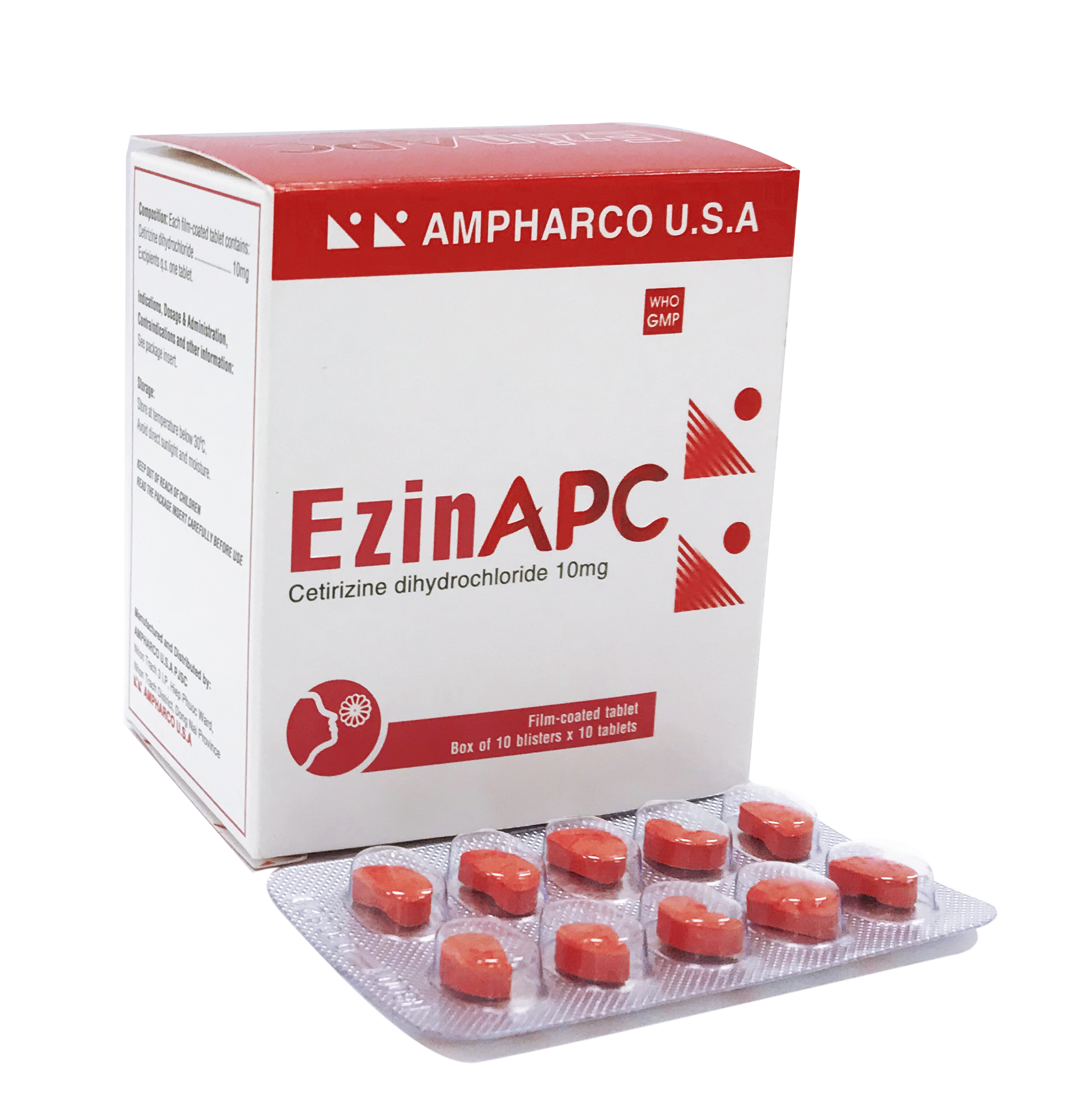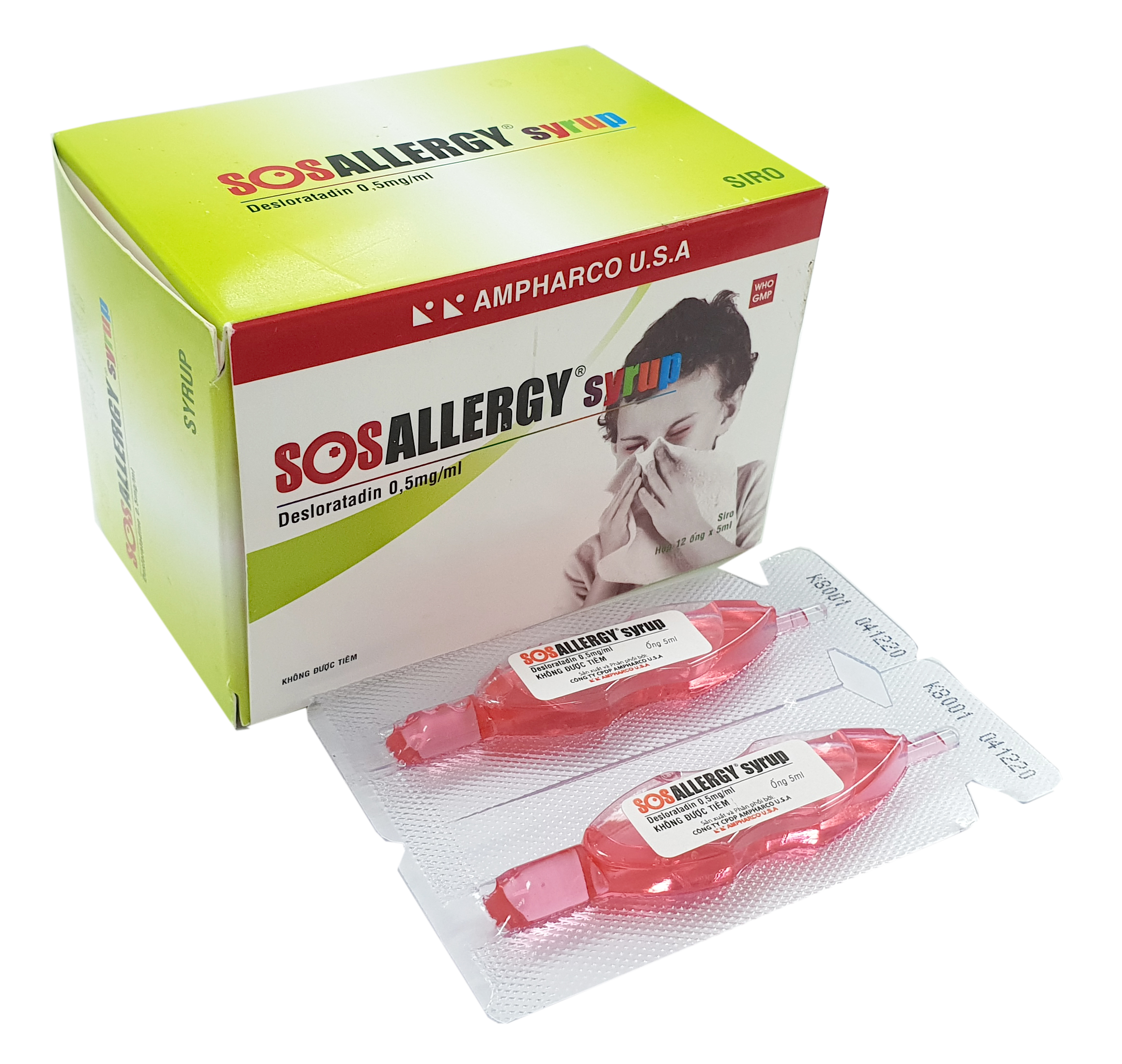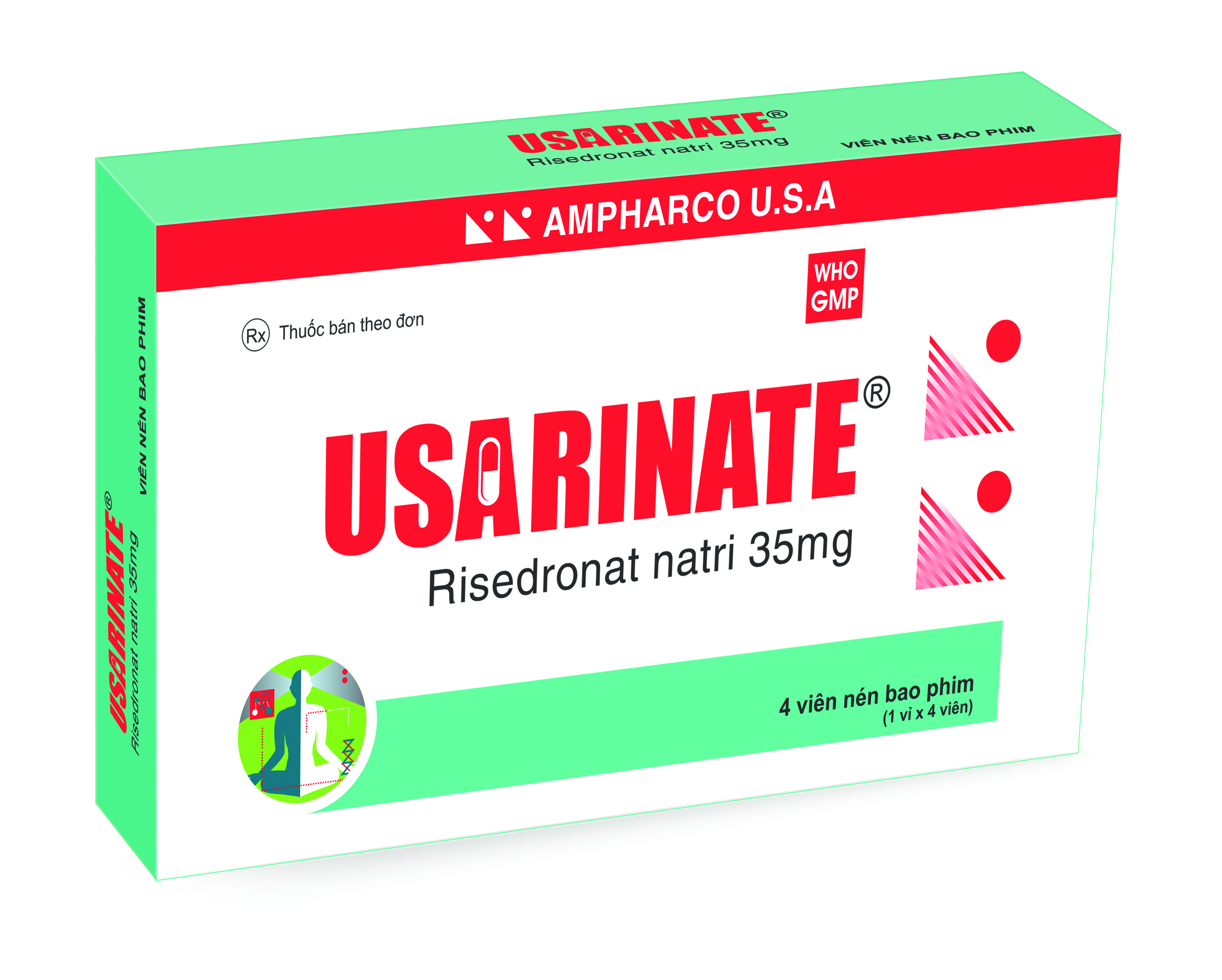USARINATE® is indicated for:
- Treatment and prevention of osteoporosis in postmenopausal women.
- Treatment to increase bone mass in men with osteoporosis.
Specifications
USARINATE®
COMPOSITION: Each film-coated tablet contains:
Risedronate sodium ………………………..…….35 mg
(Risedronate sodium hemipentahydrate 40.17 mg)
Excipients: Lactose, Microcrystalline cellulose, Croscarmellose sodium, Magnesium stearate, Opadry II white, Yellow iron oxide, Red iron oxide q.s. one tablet.
INDICATIONS:
USARINATE® is indicated for:
- Treatment and prevention of osteoporosis in postmenopausal women.
- Treatment to increase bone mass in men with osteoporosis.
DOSAGE AND ADMINISTRATION:
Risedronate should be taken with a full glass of plain water (180-240 ml) at least 30 minutes before the first food, beverage or other drug of the day. Risedronate should be swallowed while the patient is in an upright position. Patient should not lie down for at least 30 minutes after taking the medication.
Patients should receive supplemental calcium and vitamin D, if daily dietary intake is inadequate. Calcium supplements or calcium-, aluminum-, and magnesium-containing medications may interfere with the absorption of risedronate sodium and should be taken at a different time of the day, as with food.
Treatment of postmenopausal osteoporosis: the recommended dosage is 35 mg once a week.
Prevention of postmenopausal osteoporosis: the recommended dosage is 35 mg once a week.
Treatment to increase bone mass in men with osteoporosis: the recommended dosage is 35 mg once a week.
No dosage adjustment is necessary in patients with a creatinine clearance ≥ 30 mL/min or in the elderly.
Risedronate is contraindicated in patients with severe renal insufficiency (creatinine clearance < 30 ml/ min).
No studies have been performed to assess risedronate’s safety or efficacy in patients with hepatic impairment. Risedronate is not metabolized in human liver preparations. Dosage adjustment is unlikely to be needed in patients with hepatic impairment.
CONTRAINDICATIONS:
- Abnormalities of the esophagus which delay esophageal emptying such as stricture or achalasia.
- Inability to stand or sit upright for at least 30 minutes.
- Severe renal impairment (creatinine clearance <30 ml/min).
- Pregnancy and lactation.
- Hypersensitivity to any component of this product.
WARNINGS AND PRECAUTIONS:
Esophageal adverse experiences, such as esophagitis, esophageal ulcers and esophageal erosions, occasionally with bleeding and rarely followed by esophageal stricture or perforation, have been reported in patients receiving treatment with oral risedronate. In some cases these have been severe and required hospitalization. Physicians should therefore be alert to any signs or symptoms signaling a possible esophageal reaction and patients should be instructed to discontinue risedronate and seek medical attention if they develop dysphagia, odynophagia, retro-sternal pain. The risk of severe esophageal adverse experiences appears to be greater in patients who lie down after taking oral risedronate and/or who fail to swallow oral risedronate with the recommended full glass (180-240 mL) of water, and/or who continue to take medication after developing symptoms suggestive of esophageal irritation. Therefore, it is very important that the full dosing instructions are provided to, and understood by, the patient.
Hypocalcemia and other disturbances of bone and mineral metabolism should be effectively treated before starting risedronate sodium therapy. Adequate intake of calcium and vitamin D is important in all patients.
Osteonecrosis of the jaw (ONJ), which can occur spontaneously, is generally associated with tooth extraction and/or local infection with delayed healing, and has been reported in patients taking bisphosphonates, including risedronate. For patients requiring invasive dental procedures, discontinuation of bisphosphonate treatment may reduce the risk for ONJ.
Patients should be instructed that if they miss a dose of risedronate sodium 35 mg once a week, they should take 1 tablet on the morning after they remember and return to taking 1 tablet once a week, as originally scheduled on their chosen day. Patients should not take 2 tablets on the same day.
Musculoskeletal pain
Severe and occasionally incapacitating bone, joint, and/or muscle pain reported infrequently with bisphosphonate therapy. Time to onset varied from 1 day to years (mean onset about 3 months) after treatment initiation. If severe symptoms occur, discontinue drug. Such pain generally improves following discontinuance of the drug, but may recur upon subsequent rechallenge with the same drug or another bisphosphonate.
Atypical fracture of the femur
Atypical (subtrochanteric or diaphyseal), lowenergy or lowtrauma femur fractures reported rarely with longterm use (>3 years) of bisphosphonates, mostly in patients receiving these drugs for osteoporosis. Often occurs with minimal or no trauma, and may be bilateral. Causality not established; atypical fractures also occur in osteoporotic patients not receiving bisphosphonates. Risk may be increased with concomitant use of glucocorticoid, estrogen, and protonpump inhibitor therapy. Evaluate patients who present with new thigh or groin pain for possibility of an atypical femoral fracture; include assessment of the contralateral limb. Consider interruption of bisphosphonate therapy in patients with manifestations of possible femoral fracture; weigh risks versus benefits of continued treatment. Discontinue if a femoral shaft fracture is confirmed.
Potential risk of esophageal cancer
Some evidence (from postmarketing experience and observational studies) suggests a possible association between use of oral bisphosphonates and an increased risk of esophageal cancer. However, because of conflicting data, additional study needed to confirm such findings. FDA states that benefits of oral bisphosphonates continue to outweigh their potential risks in patients with osteoporosis; it is important to consider that esophageal cancer is rare, especially in women. Avoidance of oral bisphosphonates in patients with Barrett’s esophagus, a known precursor to esophageal adenocarcinoma, has been recommended.
Use of combination preparations
When risedronate is given concurrently with calcium carbonate, consider the cautions, precautions, and contraindications associated with calcium carbonate in addition to those associated with risedronate.
Metabolic effects
Possible asymptomatic decreases in serum calcium and phosphorus concentrations. Correct hypocalcemia and other disturbances of bone and mineral metabolism before initiating therapy. If daily dietary intake is inadequate, administer supplemental calcium and vitamin D.
Use in pregnancy and lactation
There are no adequate data from the use of risedronate sodium in pregnant women. Studies in animals have shown reproductive toxicity. The potential risk for humans is unknown. Studies in animal indicate that a small amount of risedronate sodium pass into breast milk. Risedronate sodium must not be used during pregnancy or by breastfeeding women.
PRESENTATION: Blister of 4 film-coated tablets; catch cover of 1 blister. Box of 1, 3 or 6 blisters.
Keep out of reach of children
Read the package insert carefully before use
Ask your doctor for further information
Use upon doctor’s prescription only
Manufactured and Distributed by: AMPHARCO U.S.A PHARMACEUTICAL JOINT-STOCK COMPANY
Nhon Trach 3 Industrial Park, Hiep Phuoc Ward, Nhon Trach District, Dong Nai Province
Tel: 02513 566 202 - Fax: 02513 566 203







